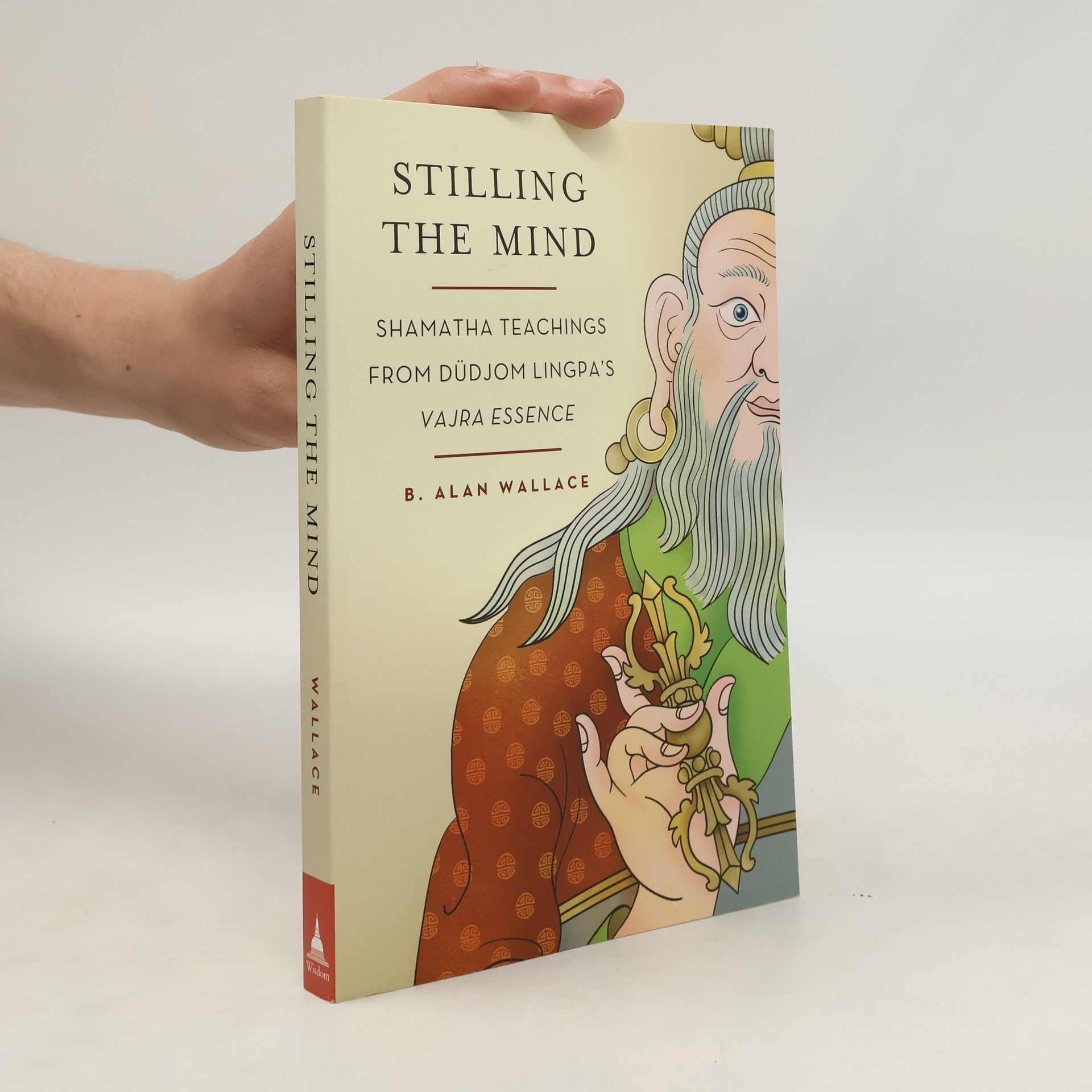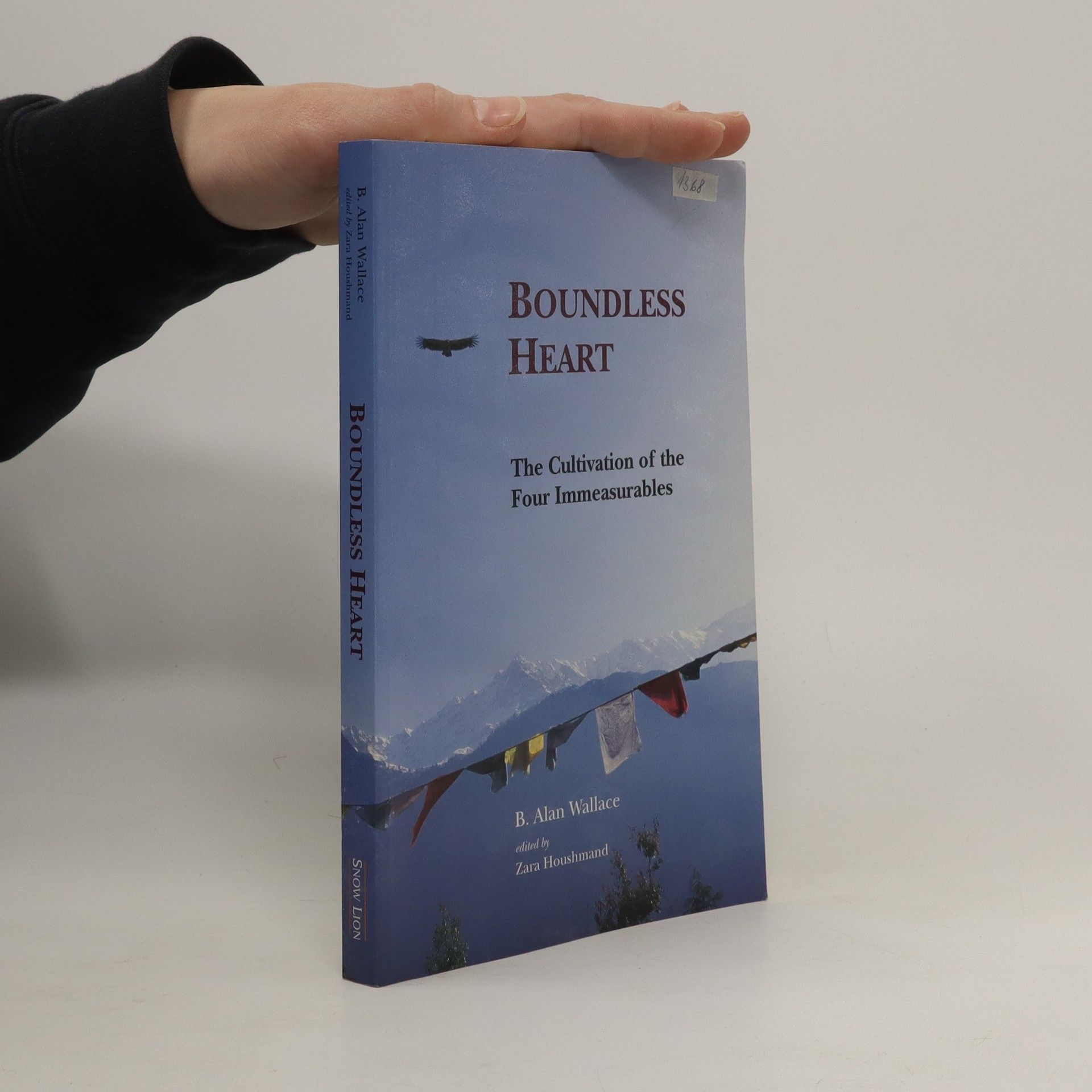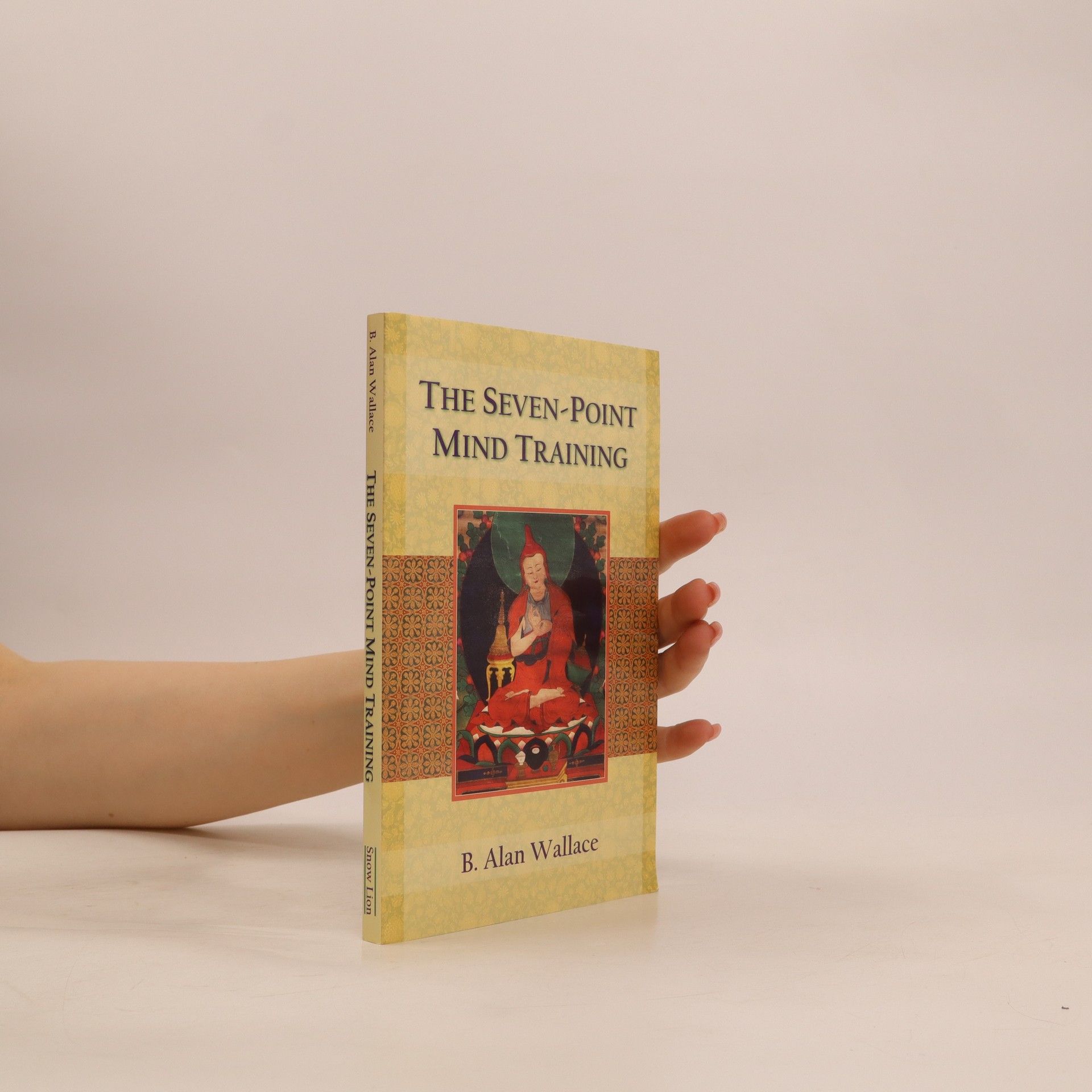Stilling the Mind
- 200pages
- 7 heures de lecture
Across more than a millenium, the lamas, meditators, and scholars of Tibet created a vast literature dedicated to revealing the profound truths about who we are and how we should make use of our lives. Sages living in mountain caves and monastics pursuing their daily rituals used these texts to wear down their obscurations and make space for innate clarity and wisdom to manifest. For those of us in the modern world with hectic lives, however, such teachings from another time and place can be nearly impenetrable. To approach them, we need a guide, a helping hand from someone who is like ourselves but who has spent years learning the ins and outs of the sometimes secretive world of Tibetan Buddhist practice. Author and former Buddhist monk Alan Wallace is one such guide. He introduces us here to one of the most cherished works of the Nyingma school of Tibetan Buddhism, Düdjom Lingpa's Vajra Essence. Written in the nineteenth century, the Vajra Essence presents the practice of Dzokchen, the Great Perfection-the highest of all the meditation traditions-and its contents have only been revealed to those with the requisite training. With permission from his teachers, Alan reveals here the work's opening section, which presents the methods for calming the mind and bringing it to a state of effortless concentration, the practice of shamatha




